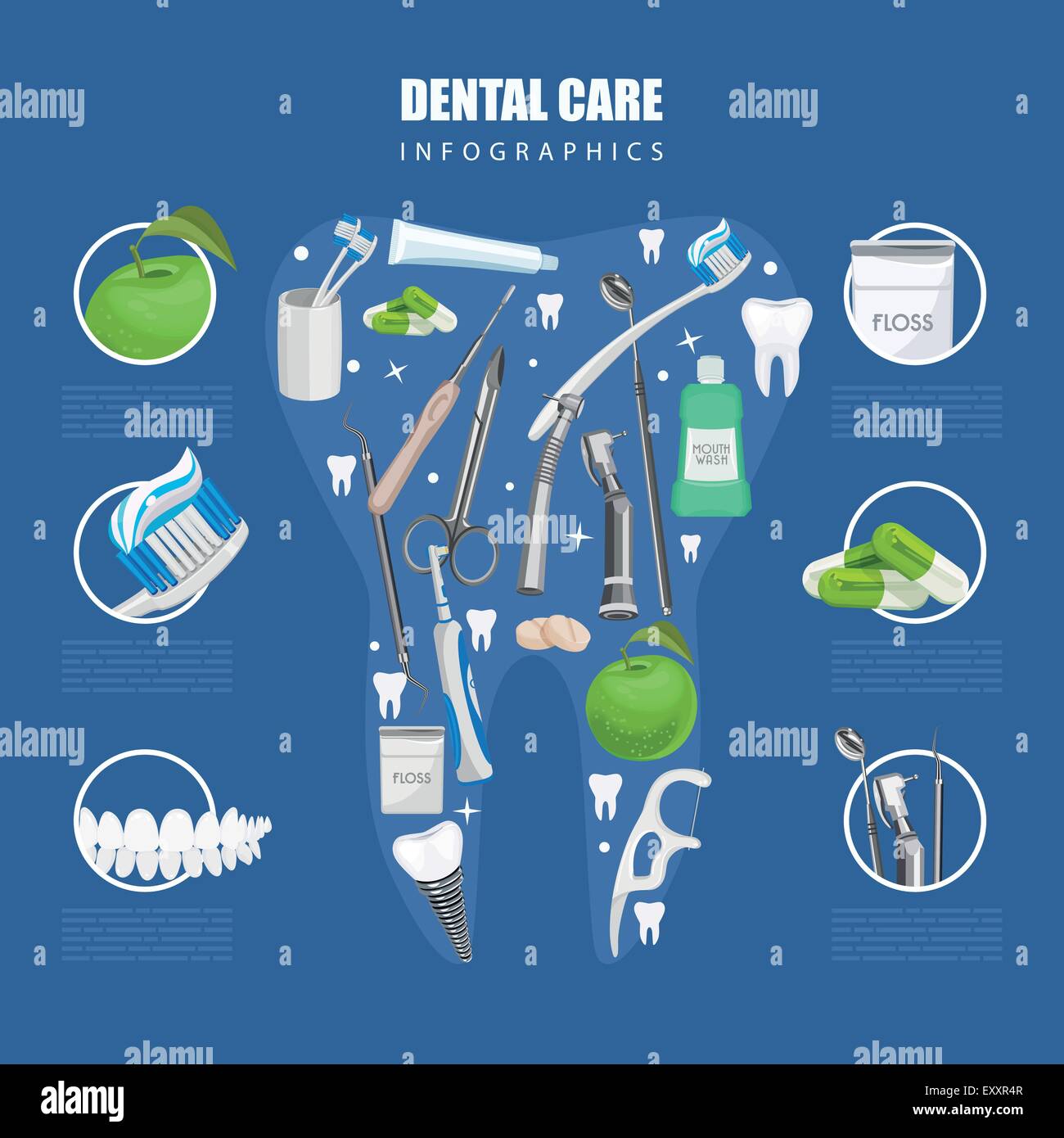Emergency Situation Dentistry Vs. Routine Dental Care: Key Differences Explained
Emergency Situation Dentistry Vs. Routine Dental Care: Key Differences Explained
Blog Article
Post By-Bentsen Kelleher
When confronted with a dental emergency situation, comprehending the distinctions between emergency situation dental care and normal dental treatment is important. You may question exactly how to separate between the two, particularly in terms of extent, response time, and expense. Each type of dental care serves an one-of-a-kind objective, but the nuances in their techniques can dramatically affect your dental health and purse. Let's decipher these differences and shed light on which option might best fit your demands and conditions.
Range of Treatment
Emergency situation dentistry focuses on dealing with immediate oral concerns such as serious toothaches or injuries that need instant focus. When you experience abrupt and intense discomfort, swelling, hemorrhaging, or trauma to your teeth or periodontals, seeking instant treatment from an emergency dental expert is critical. These specialized dental professionals are outfitted to handle severe situations that can't wait on a regular appointment.
Whether it's a knocked-out tooth, a broken tooth, or intolerable pain, emergency dentistry gives timely alleviation and required therapy to relieve your discomfort.
In emergency dentistry, the primary goal is to support your condition, handle your discomfort, and avoid more damages to your oral health. From doing emergency situation extractions to giving short-lived fillings or repairs, the focus gets on resolving the prompt issue available. As soon as the truth about root canals is settled, you may be referred back to your regular dental practitioner for any follow-up care or additional therapy needed to recover your dental health.
Feedback Time
For urgent oral problems, punctual reaction time plays a crucial function in decreasing discomfort and protecting against further complications. When dealing with an oral emergency situation, such as extreme toothaches, knocked-out teeth, or unexpected swelling, time is of the essence. Looking for immediate treatment from an emergency dental practitioner can make a substantial difference in the result of your situation. https://www.liverpoolecho.co.uk/news/uk-world-news/sweet-smile-pap-white-powder-27433752 in treatment can't only lengthen your pain yet likewise raise the danger of infection or long-term damages to your teeth and periodontals.
In contrast, normal dentistry consultations are generally scheduled ahead of time for regular exams, cleansings, or non-urgent treatments. While these appointments are crucial for preserving dental wellness, they're typically not meant to resolve immediate problems that call for immediate interest. https://hectorwfhjk.blog2freedom.com/32451370/budgeting-for-your-smile-change-comprehending-the-expenses-of-invisalign-treatment focuses on precautionary treatment and long-lasting therapy planning instead of on-the-spot interventions for severe problems.
As a result, when confronted with a sudden dental issue that can't wait, it's vital to focus on quick action and look for assistance from an emergency situation dental practitioner to resolve the concern quickly and successfully.
Price and Insurance policy
Taking into consideration the financial facet of oral care, understanding the differences in price and insurance coverage between emergency dental care and normal dental care is vital. Emergency situation dental care usually comes with a greater price tag contrasted to normal oral solutions. Given that emergency situations typically require instant attention, the prices might include after-hours charges or expedited services, which can contribute to the total cost.
In contrast, normal dental care generally entails organized sees for precautionary care, routine check-ups, and typical procedures like cleansings and fillings, which are normally a lot more affordable.
When it pertains to insurance coverage, emergency dental services might occasionally have actually restricted options approved by suppliers, leading to prospective out-of-pocket costs for patients. On the other hand, routine dental care is normally more aligned with standard insurance strategies, making it less complicated for individuals to use their insurance coverage and minimize individual expenses.
Before looking for oral treatment, it's a good idea to contact both your dental practitioner and insurance coverage copyright to comprehend the protection offered for emergency situation versus normal oral solutions.
Final thought
To conclude, recognizing the vital differences between emergency dentistry and regular dentistry can help you make informed decisions regarding your oral health requirements.
Emergency dentistry provides instant alleviation for urgent dental problems, while regular dental care focuses on preventive treatment and long-term therapy planning.
Both options have their own benefits and costs, so it's important to consider your details scenario and insurance coverage when choosing which kind of oral treatment is right for you.
